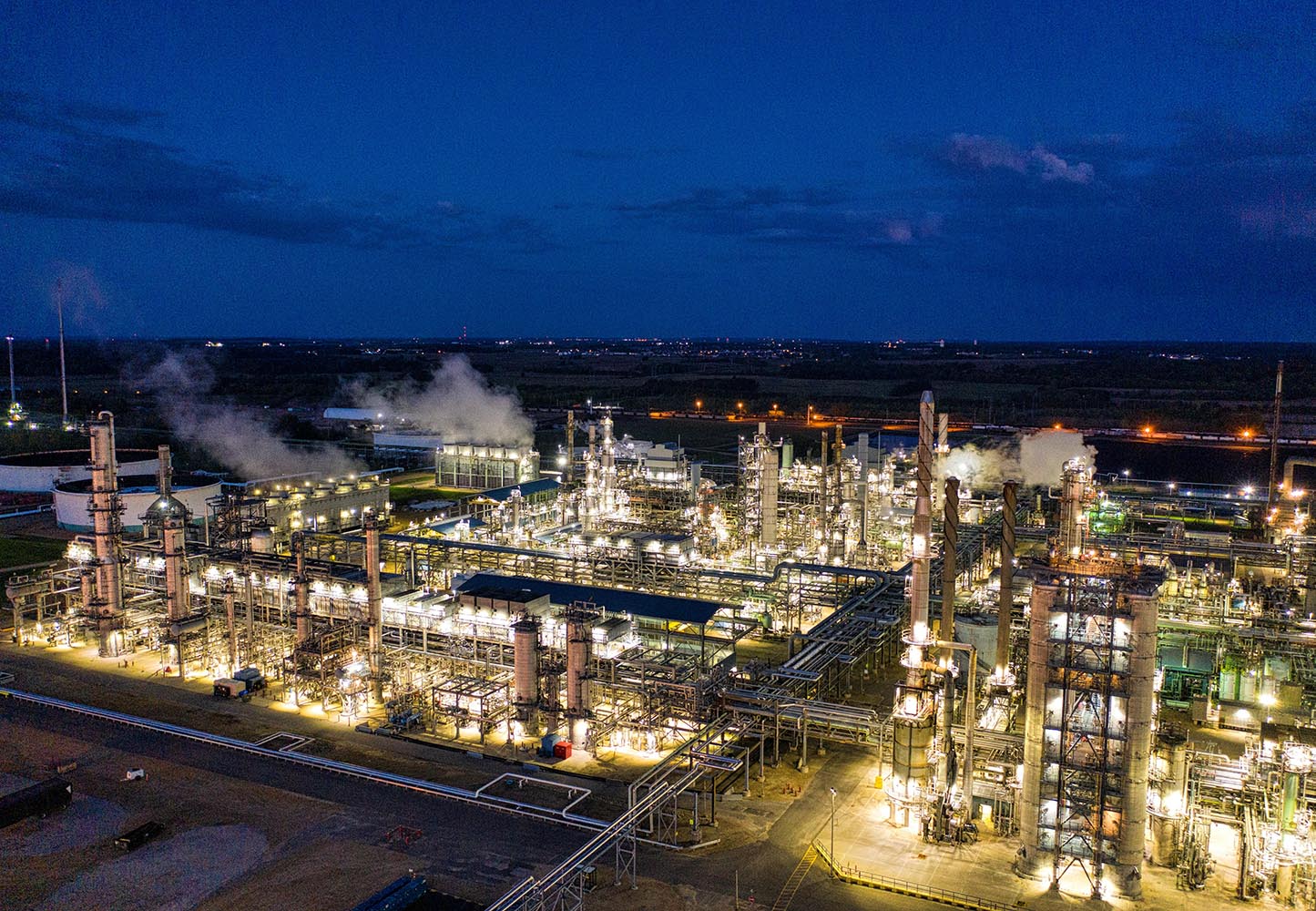
New EPA rule to cut methane emissions in U.S. oil and gas sector
The Biden-Harris administration has introduced a definitive new rule through the U.S. Environmental Protection Agency (EPA) aimed at significantly reducing methane emissions and enhancing the transparency of greenhouse gas reporting within the oil and gas sector. This action aligns with directives from President Joseph Biden’s Inflation Reduction Act and emphasises the administration’s commitment to addressing climate change.
Effective immediately, the updated regulations will improve the accuracy of annual emissions data from the nation’s largest industrial source of methane, a potent climate change agent. These changes are part of a broader effort under the U.S. Methane Emissions Reduction Plan, which has already seen nearly 100 initiatives launched in 2023 alone to reduce methane pollution from multiple sources, including oil and gas operations.
EPA Administrator Michael S. Regan highlighted the strategic application of cutting-edge technology and expertise to track and measure industry emissions, marking a significant step in the global transition to a clean energy economy.
“As we implement the historic climate programs under President Biden’s Inflation Reduction Act, EPA is applying the latest tools, cutting edge technology, and expertise to track and measure methane emissions from the oil and gas industry,” said EPA Administrator Michael S. Regan. “Together, a combination of strong standards, good monitoring and reporting, and historic investments to cut methane pollution will ensure the U.S. leads in the global transition to a clean energy economy.”
The new rule mandates more stringent monitoring and direct reporting of emissions, incorporating modern methods like satellite data to detect and quantify large emission events. This requirement aims to bridge the gap between the actual emissions from petroleum and natural gas systems and what is currently reported, ensuring a more accurate reflection of environmental impacts.
Moreover, the rule introduces a Super-Emitter Program, designed to identify significant leaks and releases, requiring operators to quantify and report these emissions. This program is expected to enhance the overall quality of emissions data significantly.
The EPA is also planning further actions to integrate advanced technological solutions in emissions measurement. This summer, the U.S. agency will seek public input on the use of advanced measurement data and methods, considering further regulatory updates to embrace more accurate and comprehensive measurement strategies.
This regulatory overhaul promises to improve the environmental monitoring framework significantly, ensuring that emission reports from the oil and gas sector are both complete and precise, reinforcing the administration’s dedication to mitigating climate change impacts.












